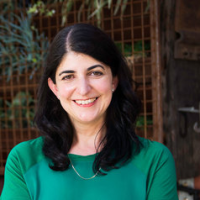I have read and agree to Healthed's Terms & Conditions and Privacy Policy, and confirm that I am a healthcare professional.
By joining Healthed you will receive communications intended to help you stay up-to-date and assist you in providing expert care in the increasingly demanding field of medicine. You can update your preferences at any time via the link at the bottom of any email you receive from us or by contacting us directly.
